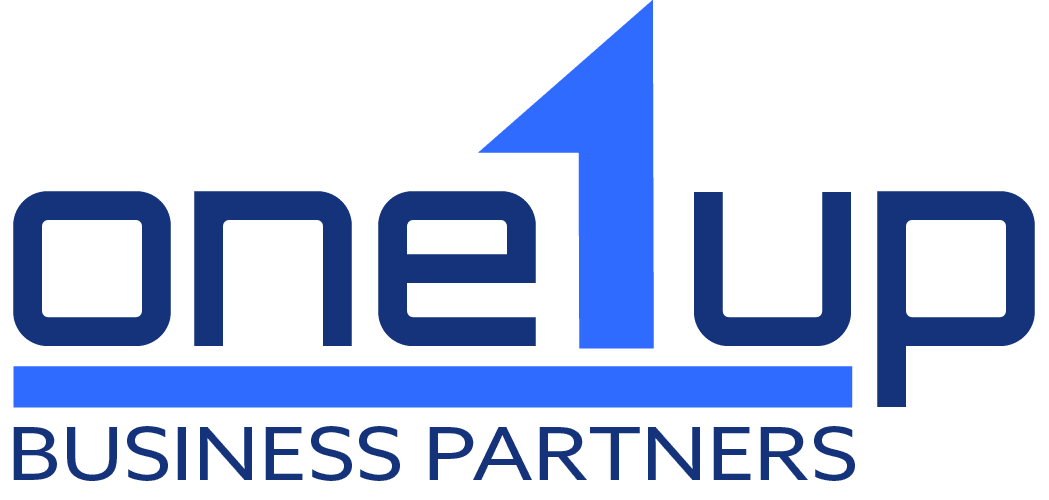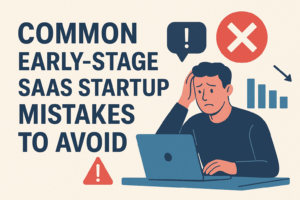We’ve worked with many companies that run without Standard Operating Procedures (SOPs). At first, it feels fast and flexible. But we’ve seen what happens when they start to scale. Teams get stuck. Customers get frustrated. Leaders spend more time fixing problems than growing the business.
But here’s the truth: operating without SOPs might get you through the day—but it won’t get you through the next stage of growth. If you want real growth, you need clear, repeatable processes, so you can operate with quality at velocity. Without SOPs in place, chaos wins.
Let’s unpack the real risks of running your business without a defined set of SOPs—and why getting this right can be the difference between scaling successfully and stalling out.
The Hidden Upside of “No SOPs”
Let’s be fair—there can be short-term benefits to operating without SOPs, especially early on:
- Speed and Flexibility: Decisions are made fast. Everyone’s empowered to “just figure it out.” There’s less red tape and more responsiveness to change.
- Cost Savings (at first): No time spent documenting. No training manuals. No oversight committees.
- Culture of Ownership: Employees may take more initiative when they’re not told exactly how to do something.
But these benefits fade quickly. What looks like agility at 10 employees becomes chaos at 100. And that’s when the cracks start to show.
The Real Risks of Operating Without SOPs
- Inconsistency in Service Delivery – Without SOPs, every employee may do the same task a slightly different way. The result? Inconsistent customer experiences and a brand that’s hard to trust at scale.
- Training Becomes a Bottleneck – Onboarding new team members turns into a time drain. Knowledge transfer is tribal—and when key people leave, so does their know-how.
- Increased Errors and Compliance Issues – Especially in regulated industries, not having SOPs can lead to missed steps, noncompliance, and costly fines. Worse—some mistakes may not surface until it’s too late.
- Burnout and Frustration – When employees don’t have clear guidance, they waste time reinventing the wheel or covering for preventable errors. Over time, this kills morale.
- Leadership Blind Spots – Without SOPs, it’s hard to measure performance objectively. Leadership gets trapped in the weeds, firefighting instead of driving strategy.
So Why Don’t More Companies Fix This?
Because SOPs have a branding problem. They’re seen as rigid, slow, and boring. In reality, good SOPs are none of those things.
They’re living documents—designed to create clarity, reduce waste, and empower employees to do great work without micromanagement.
What SOPs Really Do for Your Business
- Create Scalability: You can replicate success across teams, regions, or product lines—without starting from scratch.
- Boost Profit Margins: By streamlining processes, reducing waste, and eliminating rework.
- Enhance Customer Satisfaction: SOPs drive consistency, which leads to trust—and trust leads to loyalty.
- Free Up Leadership to Lead: When day-to-day execution is dialed in, leaders can finally step back and focus on the big picture.
How to Develop SOPs That Actually Work
Creating an SOP isn’t just writing down steps. It’s about building clarity and consistency that your team can actually use. The key is to make them simple, practical, and aligned with your business goals. Here’s the high-level process
- Identify Critical Processes – Start with the tasks that have the biggest impact on customer experience, compliance, or profitability. Not everything needs an SOP right away—focus on the essentials.
- Define the Purpose and Scope – Each SOP should answer why it exists and what it covers. This keeps it relevant and prevents unnecessary complexity.
- Break Down the Process into Clear Steps – Outline what needs to happen, by whom, and in what order. Keep it simple—avoid jargon and make sure anyone on your team can follow it.
- Assign Roles and Responsibilities – Clarity on “who does what” prevents bottlenecks and finger-pointing. Every SOP should show accountability.
- Review for Accuracy and Efficiency – Test the SOP with the team that will use it. Look for gaps, unnecessary steps, and opportunities to streamline.
- Standardize the Format – Consistency matters. Use the same layout, tone, and level of detail across all SOPs so employees can find and follow them easily.
(Pro Tip: The right format and level of detail depend on your business size, complexity, and industry. This is where most companies struggle.)
How to Successfully Implement SOPs
Writing SOPs is one thing. Getting your team to use them—that’s where most businesses hit a wall. Here’s how to make implementation stick:
- Communicate the Why – People don’t like change unless they understand the benefit. Explain how SOPs make their jobs easier, reduce stress, and improve results.
- Train Your Team – Don’t just send an email with attachments. Walk your team through the SOPs, answer questions, and show how they fit into daily work.
- Make Them Accessible – SOPs buried in a shared drive nobody visits? They’ll be ignored. Use a simple, easy-to-access system—digital or physical—where employees can find what they need fast.
- Assign Ownership – Every SOP needs an owner who keeps it up to date. Outdated SOPs are worse than no SOPs at all.
- Monitor and Improve – SOPs should evolve as your business changes. Schedule regular reviews to keep them relevant and effective.
(Hint: Most businesses fail here because they underestimate the cultural shift. This is where I help clients make adoption smooth and sustainable.)
Chaos is Expensive – Lets Fix It
Most businesses overcomplicate SOPs—or abandon them when no one follows the process. That’s where we come in.
We make SOPs simple, practical, and easy for your team to actually use. From mapping your key processes to rolling them out, we’ll help you create systems that save time, cut costs, and keep everyone on the same page.
If your team keeps reinventing the wheel, it’s costing you more than you think. SOPs don’t kill creativity—they give you the freedom to grow without the stress.
Ready to bring order to the chaos? Click Contact Us below now and let’s make it happen.
OneUp Business Partners is a business management consultancy specializing organizational design, leadership development, process improvement, and customer-centric growth strategy. With over 20 years of experience, OneUp BP helps organizations bridge the gap between hustle and high performance.

















